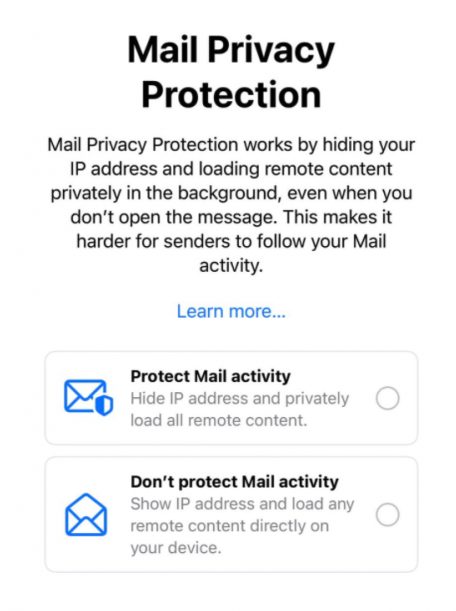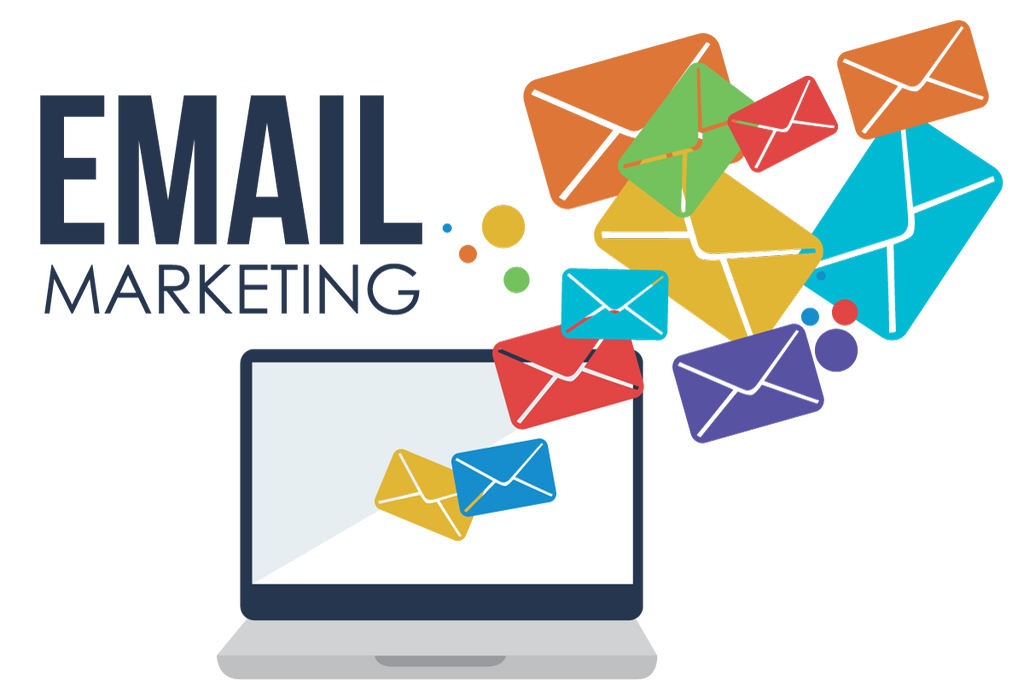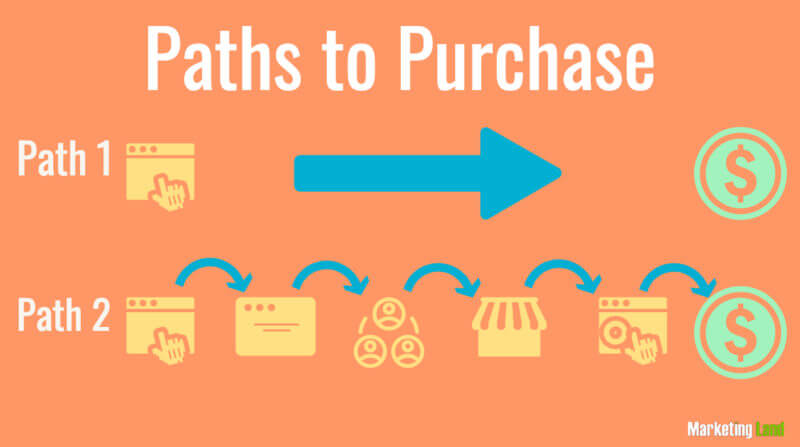Apple’s Attack on Email Marketing: Is It Helping Push the Industry Forward?

By Elizabeth Karakachian, SHA ’18, Marketing Data Operations at Norwegian Cruise Line Holdings Ltd.
On June 7, at the 2021 Worldwide Developers Conference (WWDC), Apple announced their new iOS15 and Mac OS Monterey Mail Privacy Protection features and quickly turned the email marketing world upside down.
There are two key components of the upcoming Apple update that will affect the way marketers efficiently use and personalize the email channel and track performance:
- Mail Privacy Protection “stops senders from using invisible pixels to collect information about the user. The new feature helps users prevent senders from knowing when they open an email and masks their IP address so it can’t be linked to other online activity or used to determine their location.”
- Hide My Email, which will only be available to iCloud subscribers, will let users generate a fake email address for websites that require the creation of an account or an email submission. Users will still be able to receive the promo/informational emails. However, the website won’t know the user’s actual email address.1
Once iOS and Mac OS users update their devices and open the mail app, they will be prompted to select either “Protect Mail Activity” or “Don’t Protect Mail Activity.” Apple’s App Tracking Transparency tool released in 2019 led to only a 4% opt-in rate. In other words, only 4% of users agreed to let apps track their data, which may be an indication that we will see similar dismal numbers for this Mail Privacy Protection.

Thankfully for the email marketers, according to Apple’s demonstrations, the “Hide My Email” feature only appears to work when you use Safari, Mail, and your iCloud email address. Nevertheless, these privacy protections will only continue to become more widespread. Google has already confirmed that they will follow suit.
Why is Apple Focusing on Privacy?
Before investigating how these changes will affect email marketing, it’s important to examine why Apple has suddenly started focusing on privacy.
In 2018, European policymakers adopted the General Data Protection Regulation (GDPR), which allows the EU to govern how personal data is processed and transferred across all sectors and companies. Within the year, France fined Google $57 million for not properly disclosing to users how data was being collected to assist businesses with personalized advertisements. Soon thereafter, the FTC imposed a $5 billion penalty and privacy restrictions on Facebook. Facebook was found to be sharing users’ personal information and their friends’ data with third-party apps. The FTC alleges that users weren’t aware of these tactics or given the option to opt out of sharing. Additionally, they believe that Facebook didn’t take adequate steps to punish third-party apps that the company knew were violating its platform policies.
Apple hasn’t been innocent regarding its users’ privacy either. In fact, iOS apps were later found to be among those sharing personal data with Facebook. It was even found that several developers were sharing data retrieved from apps geared towards children. All these incidents have fueled Apple to create measures that would restrict data sharing.
Email Marketing and the Significance of Open Data
Email Marketing is a form of direct marketing that helps a business promote its products and services and incentivizes customer loyalty. It is also used as a follow-up to automatically email customers about their recent purchases and next steps. Email marketers use a variety of KPIs (such as Opens, Clicks, Conversions) to efficiently inform their budgets and personalization efforts. Without these metrics and attribution models, consumers would receive emails that don’t relate to their interests or would continue receiving promotional emails from companies they haven’t engaged within months, if not years.

With Apple’s new Mail Privacy Protection feature, open data will no longer be sent to companies if a user selects to opt out of data sharing. Most people don’t really know what these metrics are used for or that marketers are using this data to better serve the consumer. Most users don’t even think about the fact that this data is being sent back to the respective company. Open rates have been the primary KPI for email marketers as it allows them to run subject line A/B tests, structure attribution models, and suppress unengaged consumers.
Attribution models are a set of rules for assigning credit to the various touchpoints in the conversion path. These models are incredibly important in the marketing world as they allow companies to attribute a purchase or an action to a specific marketing channel to track which channel has the strongest performance and, therefore, should have the most marketing dollars.

For example, if a retail company reaches out via email and SMS but the consumer only opens the email, the company will attribute that purchase to the email and continue putting more money into their email channel. This doesn’t necessarily mean that the customer clicked within the email and was led to the website to make a purchase. This is where the second part of attribution models comes into play. Most attribution models have a time frame between the time someone opens/clicks on a paid advertisement and the time a purchase happens (usually about seven days). Attribution models also usually have a “last-touch” feature. If the consumer opens the email and then opens the SMS and makes a booking within the seven-day window, the SMS will be attributed to that conversion.
Additionally, to better enhance the user experience, most email marketers will automatically suppress inactive users from receiving emails. The timeframe for what is considered “inactive” or “unengaged” varies among companies; however, the reasoning behind it is all the same. Marketers do not want to waste marketing dollars on consumers that they already know, based on data, do not engage with their advertising efforts. Open rates are usually a lot higher than click rates. Therefore, marketers have historically focused on opens to decide when to keep or remove consumers from their email lists as they don’t want to completely limit their marketing pool.

Unfortunately for email marketers, hidden open rates aren’t where this stops. Companies will no longer be receiving any other data points related to email opens; most importantly, open location. The email marketing world has prospered with personalization. Not being able to receive an open location could mean that some consumers might become less engaged with their inboxes. How is this metric typically used for personalization? Let’s say you are in Miami, Florida. You do not want to be receiving emails about a roundtrip flight between Dublin and Madrid as it most likely does not pertain to you. However, if you received a promotional email about a flight between Miami and Cancun, you are more likely to open the email to learn more about the deal and, hopefully, eventually book.
Hide My Email?
Engagement rates aren’t the only factor used to clean up email marketing lists. Let’s say Bob decides to book a family flight to Aruba for his wife and three kids. As he fills out the contact information during checkout, he decides to put his personal email address down for everyone in the group. That means that his email address is now associated with five people. Email marketers must consistently clean up their lists to avoid issues that arise from these situations. Most consumers do not want to receive five of the same email (each associated with a different family member) to their email address.
There are some unanswered questions on how exactly the Hide My Email feature will work, such as how the email will look like and if it will be easily distinguishable as a fake email. Marketers will need to be that much more careful when it comes to keeping their email lists up-to-date and accurately sorted. There will be no easy way to indicate if a user is new or if they have been in your database for years. Subscribers to the Hide My Email feature will also be able to delete that fake email from their account and therefore cause an increase in bounce rates.
What Now?
Most experts don’t believe that all these privacy features will extinguish the email marketing channel, but the long-term effects are still unclear. What they do believe is that these features will help push email marketing to be more efficient and effective. It is time to start looking beyond open rates as the highest measure of performance to determine strategy. Click rates may become a better indicator of what content within the email (not just in the subject line) is/isn’t leading to high conversions. Email marketers must soon decide how they are going to track performance moving forward, while also modifying back-end attribution models.
References